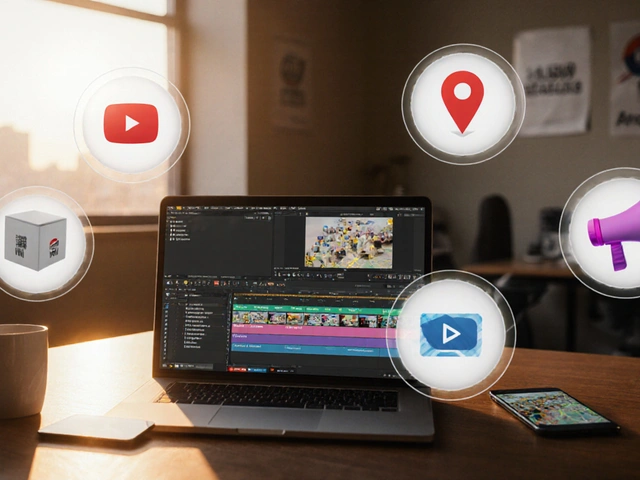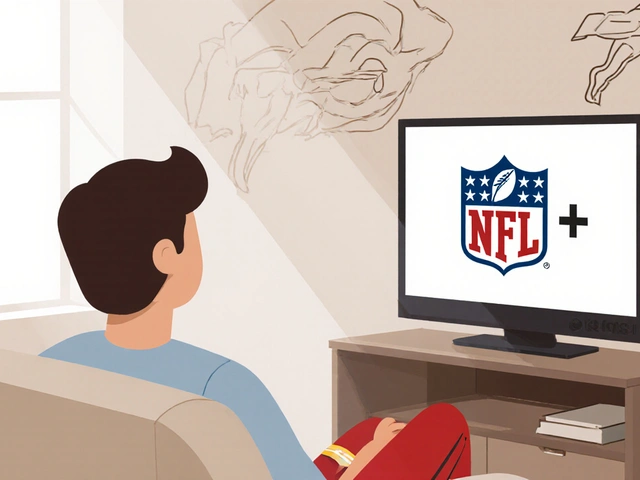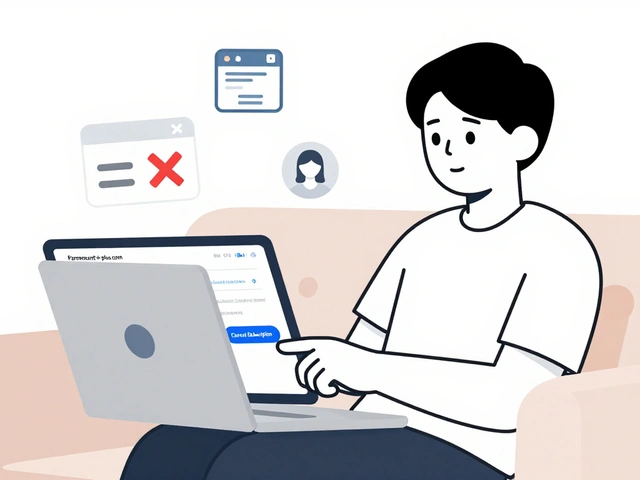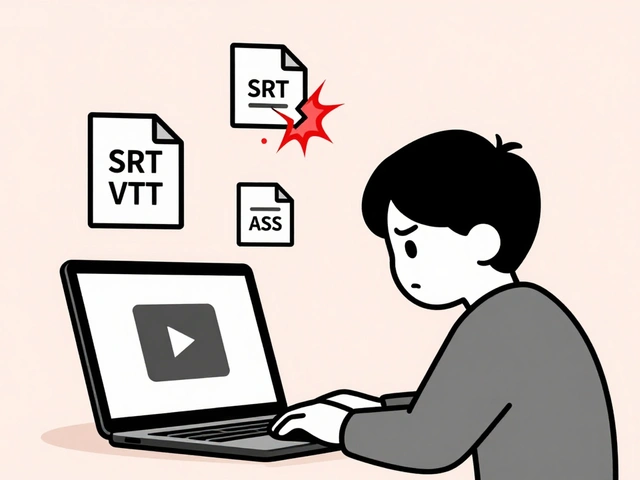Blockchain Rollup: What It Is and Why It Matters for Scalable Crypto
When you hear blockchain rollup, a Layer 2 scaling technique that bundles hundreds of transactions into one on-chain record to cut costs and speed up confirmations. Also known as Layer 2 solution, it’s the quiet engine behind why Ethereum can now handle thousands of transactions per second instead of just a dozen. Without it, crypto would still be stuck with slow, expensive transfers — the kind that make sending $10 worth of ETH cost more than the transaction itself.
Blockchain rollup works by moving most of the work off the main chain. Think of it like packing dozens of letters into one envelope before sending them to the post office. The main chain (or Layer 1) only sees the envelope — not the individual letters. Inside, the rollup sorts, validates, and compresses all those transactions using clever math and cryptography. Then it submits a single proof to the main chain, proving everything inside is legitimate. This cuts fees by up to 90% and boosts speed dramatically. It’s not magic — it’s engineering. And it’s built on the same trust principles as Bitcoin: no central authority, no guesswork, just code.
There are two main types: Optimistic rollups, assume transactions are valid unless someone challenges them within a waiting period, and ZK-rollups, use zero-knowledge proofs to instantly verify transaction batches without waiting. Optimistic rollups are simpler to build and already power big names like Arbitrum and Optimism. ZK-rollups are more complex but faster and more secure — they’re the future for DeFi and high-frequency trading apps. Both types rely heavily on transaction batching, the process of grouping multiple operations into a single unit to reduce blockchain load, which you’ll also see in databases and video editing workflows. The same principle applies: fewer trips to the server, more efficiency.
What does this mean for you? If you use crypto for payments, gaming, or DeFi, rollups make it feel like using a regular app — fast, cheap, and smooth. No more waiting hours for a transaction. No more paying $50 in gas to mint an NFT. And if you’re a developer, rollups open the door to building apps that can scale to millions of users without breaking the bank. This isn’t just an upgrade — it’s the foundation for crypto’s next wave of adoption.
The posts below dive into how these ideas connect to real-world tech. You’ll find deep dives on transaction batching, Ethereum’s evolution, and how performance gains in blockchain mirror those in video editing and streaming. Whether you’re a user trying to save money or a creator building the next big thing, understanding blockchain rollup helps you see where the space is headed — and how to ride the wave.
5
What Is a Rollup Aggregator? Simple Explanation for Blockchain Users
A rollup aggregator bundles hundreds of blockchain transactions into one to cut costs and speed up processing. It’s how Ethereum scales without losing security - saving users money and making DeFi usable.








